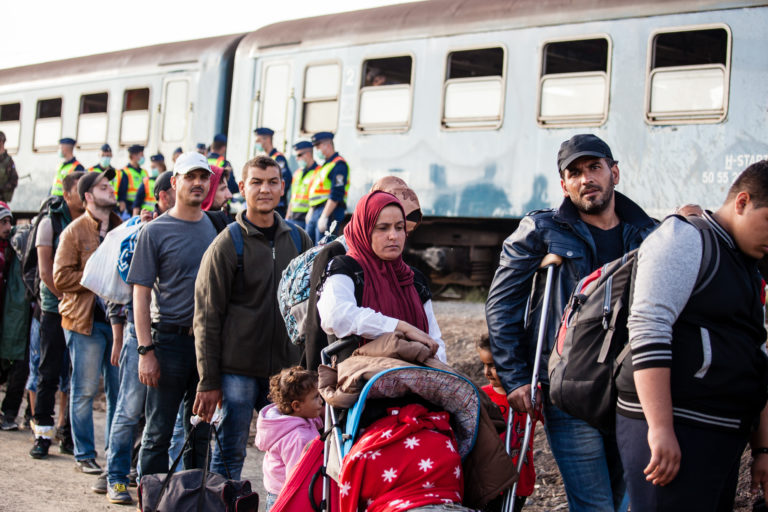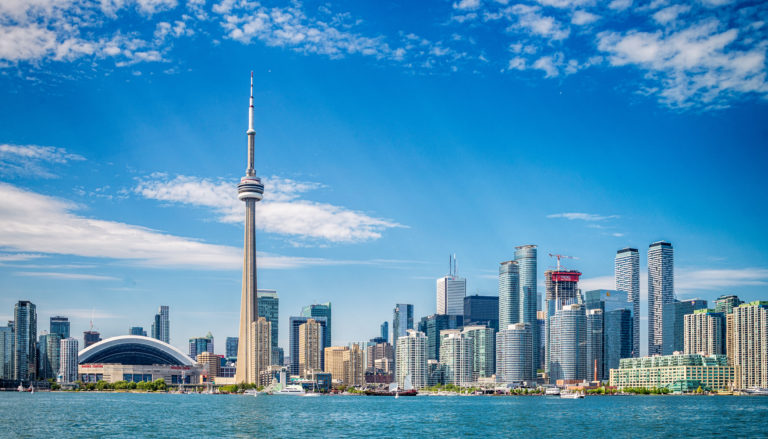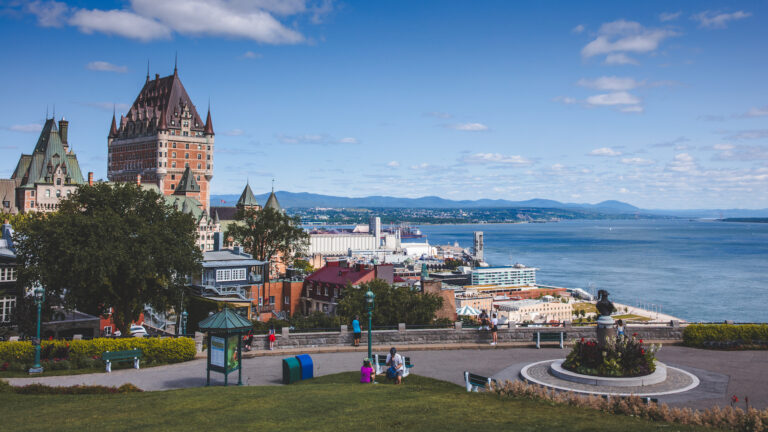Another 3,150 Afghan refugees came to Canada in October, increasing the number who have come here to more than 23,500.
“Earlier today, two charter flights with Afghan nationals landed in Toronto and Edmonton. We’ll continue to work hard to safely resettle at least 40,000 individuals by the end of 2023,” tweeted Immigration Minister Sean Fraser on Wednesday.
“To our newest arrivals: welcome home!”
Read More Canada Immigration News
Canada Aims To Bring In Many More After Surpassing Goal Of 20,000 Afghan Refugees
Updated Anti-Racism Strategy For Immigration, Refugees and Citizenship Canada
Canada Pledges $26.9m, Vows To Welcome 4,000 More Refugees From The Americas
Immigration, Refugees and Citizenship Canada (IRCC) has developed several unique programs and measures to bring Afghanis to Canada out of recognition for the help they provided during Canada’s combat role and, later, its peacekeeping missions in Afghanistan from 2001 through 2021.
During those missions, 158 Canadian Armed Forces members died in the cause of peace and freedom in Afghanistan.
With the Taliban fundamentalist Islamic group finally seizing control of the country last year, many Afghanis have been seeking to escape out of fear of retribution for their help of Canada’s missions and support for western democratic freedoms.
Through the IRCC’s special programs, Canada is planning to bring to safety:
- 5,000 Afghans through the permanent residence pathway for extended family members of former interpreters;
- 18,000 Afghans through the Special Immigration Measures (SIM) program for Afghan nationals who closely assisted Canada’s efforts in Afghanistan;
- a mix of government-assisted and privately-sponsored Afghan refugees through the humanitarian program.
The IRCC has made it easier to sponsor Afghan refugees through the humanitarian program, allowing groups of five and community sponsors to sponsor Afghan refugees without having to submit a refugee status determination document if this document isn’t available.
Ottawa To Use EMPP To Bring To Canada More Afghan Refugees
“We’ll continue to explore other options and pathways to bring Afghans to Canada, such as the Economic Mobility Pathways Pilot (EMPP),” notes the IRCC on its website.
Through the SIM, Canada is hoping to resettle 18,000 Afghans who were employed by the Canadian government as:
- interpreters who worked with the Canadian Armed Forces, or;
- local staff who worked at the Canadian embassy in Afghanistan, depending on when they left the country.
Under that program, spouses and common-law partners, dependent and unmarried children under 22 years of age are also eligible as well as de facto dependents.
Ottawa Exceeds Its Original Target Of 20,000 Afghan Refugees
Ottawa surpassed its original goal earlier this year of resettling 20,000 Afghans and is now pledging to bring 40,000 of these refugees to Canada by the end of the next year.
Many of these refugees are settling in Canada’s bigger cities but others are choosing smaller communities which offer safe places with settlement services, employment opportunities, affordable housing options and a lower cost of living.
“Resettlement Assistance Program service provider organizations are working to make newcomers, including Afghans, feel welcomed and integrate successfully in their new communities,” notes the IRCC website.
Watch Video
The latest IRCC shows that as of last week, Toronto had welcomed 4,560 Afghan refugees, Calgary 3,675, Ottawa another 1,090, Vancouver 1465, Edmonton 930, St. John’s 605, and Halifax 355.
Together, these seven cities alone welcomed 12,680 Afghan refugees or roughly 55.3 per cent of those who had come to Canada at that time.
But many smaller communities throughout the country are also opening their arms to Afghani refugees, with Bathurst in New Brunswick receiving 20, Airdrie in Alberta accepting 35, and Belleville in Ontario and Winkler in Manitoba each saying yes to another 15 refugees.
Canada Working With Other Countries and International Organizations To Bring Afghans To Safety
Canada is working with the United States, the United Arab Emirates and Pakistan as well as international organizations including the International Organization for Migration, the United Nations Refugee Agency, Frontline Defenders and ProtectDefenders.eu to bring in Afghani refugees.
Maryam Masoomi, one of the refugees who arrived in Saskatoon in the Prairie province of Saskatchewan in October last year is making a new life for herself.
Since her arrival in Canada, she has won an award for her leadership skills, met with King Charles III, and begun hosting a local radio show and is working with newcomer youth.
Ghousuddin Frotan, an Afghan journalist, is another who has made a home for himself and his family in Windsor since arriving in Canada earlier this year, winning a fellowship from the University of Toronto.
“These newcomers will enrich the communities that have embraced them,” said Fraser.
“The situation in Afghanistan and neighbouring countries remains very challenging, and we truly appreciate all that our partners at home and abroad have done to bring Afghan refugees to safety in Canada.”
Upon their arrival in Canada, the Afghan refugees get a minimum of 12 months of income support under the Resettlement Assistance Program (RAP) and also have access to settlement services, including language training and the Interim Federal Health Program for medical coverage.



